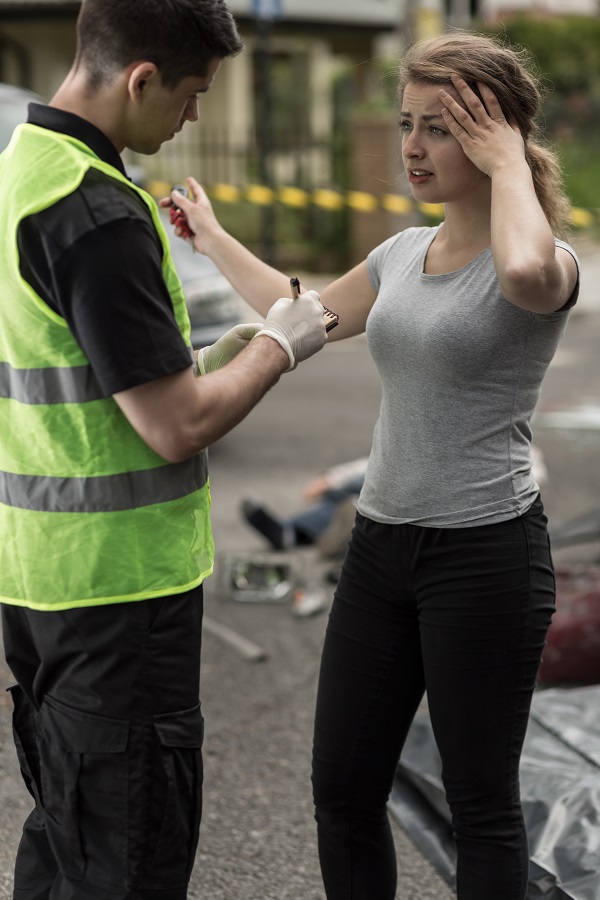Exclusion of Identification Evidence at Trial

Exclusion of identification evidence at trial can be a turning point for a criminal case. Getting the judge to agree that alleged eyewitnesses should not testify that they saw the defendant at the scene of the crime requires an evaluation of all the circumstances of the identification. In a 1977 decision, the Supreme Court of the United States explained the test for excluding identification evidence.
The decision, Manson v. Brathwaite, 432 U.S. 98 (1977), confirmed earlier case law in explaining why a police officer viewing a single photograph and then making an in-court identification did not violate the Due Process Clause of the Fourteenth Amendment. The police officer in Manson witnessed a crime while undercover, gave a detailed description of the suspect minutes later, and was given a photograph of the defendant two days later. The officer identified the defendant as the suspect he saw from the photograph and later identified the defendant in the courtroom. Id. at 100-105.
The defendant asked the trial court to suppress the officer’s identification testimony. One lower court agreed with him, saying that testimony regarding the photograph should have been excluded because it was unnecessary and suggestive, and the identification was unreliable. Id. at 104-108. On review, the Supreme Court disagreed. The opinion emphasizes that courts should evaluate the totality of the circumstances surrounding identification testimony to determine if it is reliable. Id. at 114. Reliability is the “linchpin” of the inquiry into whether to suppress identification evidence. Id.
In the Manson decision, the Supreme Court goes on to list and evaluate five reliability factors, or items to weigh in determining whether the evidence is reliable. The factors are: (1) the opportunity to view, (2) the degree of attention, (3) the accuracy of the description, (4) the witness’s level of certainty, and (5) the time between the crime and the confrontation. Id. at 114-116. When the Court evaluated the police officer’s testimony using these factors, they found it to be extremely reliable, contrary to the defendant’s arguments.
The police officer in Manson saw the suspect twice in broad daylight in a doorway, gave a specific description of him, and made the identification soon afterward. In most cases identifications are not quite so clear as in Manson; for example, the witness may see the suspect in the dark through a window. Evaluation of reliability and the totality of the circumstances may lead to suppression of the testimony.
Facing eyewitness identification testimony in your DUI case? Seek out a DUI attorney with the know-how to tackle your case the right way from the start. Clint Patterson, Esq., of Patterson Law Firm, a former Tulsa prosecutor, now teaches other attorneys and law enforcement about sobriety testing techniques and defends Oklahoma drivers charged with DUIs. To schedule a case evaluation, visit Patterson Law Firm online or call Clint’s office at (918) 550-9175.

